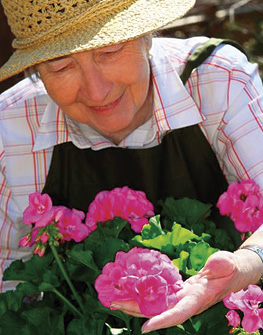Give your brain a workout and try to solve these brain teasers. (answers below)
- C O F F E E
- IS IS IS IS IS IS IS IS IS IS
- Vitamins Vitamins Vitamins Vitamins Vitamins Vitamins Vitamins Vitamins Vitamins Vitamins Vitamins Vitamins Vitamins Vitamins Vitamins Vitamins Vitamins Vitamins Vitamins Vitamins
See NDSU publication FN1414, “Nourish Your Brain With a Healthful Diet,” for more about brain health.
Brain Teaser Answers:
- Coffee Break
- Tennis (Ten Is)
- Multivitamins
For more information on this and other topics, see www.ag.ndsu.edu/extension
County commissions, North Dakota State University and U.S. Department of Agriculture cooperating. NDSU does not discriminate in its programs and activities on the basis of age, color, gender expression/identity, genetic information, marital status, national origin, participation in lawful off-campus activity, physical or mental disability, pregnancy, public assistance status, race, religion, sex, sexual orientation, spousal relationship to current employee, or veteran status, as applicable. Direct inquiries to Vice Provost for Title IX/ADA Coordinator, Old Main 201, NDSU Main Campus, 701-231-7708, ndsu.eoaa.ndsu.edu. This publication will be made available in alternative formats for people with disabilities upon request, 701-231-7881. 1M-12-12; web-3-18; web-8-23
This work is/was supported by the USDA National Institute of Food and Agriculture



